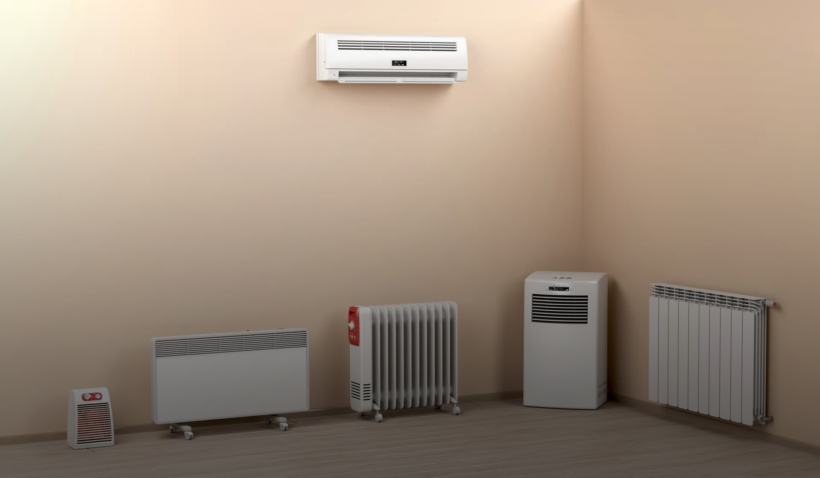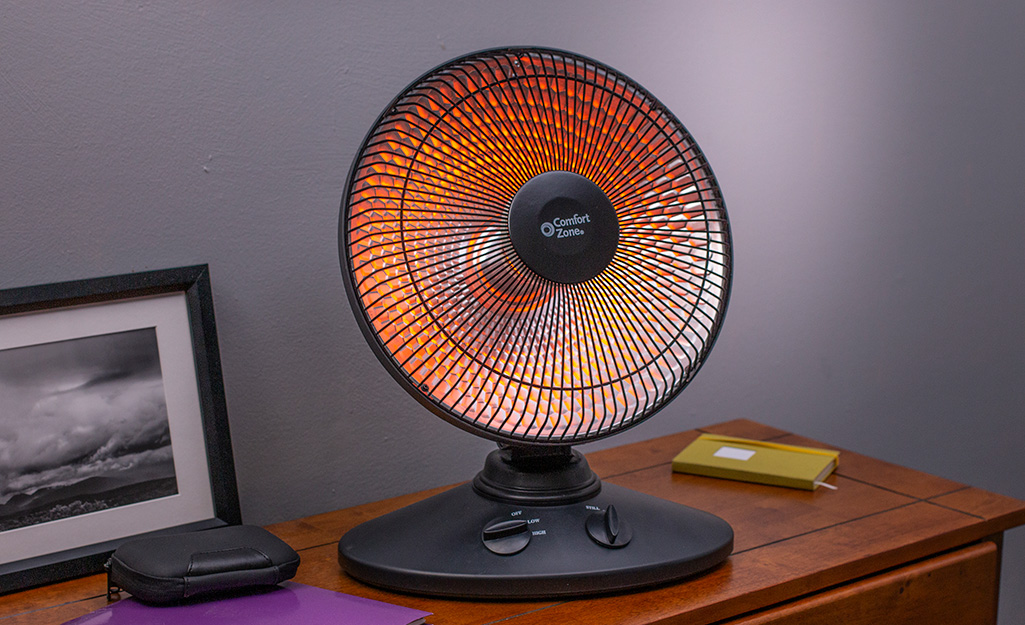The Basic Principles Of 1 Source Portable Air
Not known Facts About 1 Source Portable Air
Table of ContentsThe Basic Principles Of 1 Source Portable Air 1 Source Portable Air - The FactsGetting My 1 Source Portable Air To WorkAll about 1 Source Portable AirThe Main Principles Of 1 Source Portable Air
Running costs are based on an electrical power cost of 40c/kWh. The prices for 3 months' use in wintertime are based upon 500 hours use, or roughly 6 hours each day for three months. Maximum warm outcome is based upon the optimum electrical power of the versions we've examined (we focus on greater wattage heating units).
This depends upon what cost you're taking a look at in advance purchase, or running cost? Customarily, there are trade-offs with either option. Usually, tiny follower heating units are more economical to buy, yet can have greater running expenses. Oil column heaters will be the cheapest on the marketplace to run (usually) however only by a slim margin in advance of convection heating units (like panel and micathermic panels).
Get This Report on 1 Source Portable Air
If you have a relatively easy to fix ceiling follower, it'll help spread the heat around the room a lot more equally. A number of pricey heating units have actually fallen short to excite our testers, while some cheaper designs make for remarkably excellent buys.
As the name recommends, they radiate heat from a red-hot burner (so the family members will need to take turns sitting in front of it). There are floor and wall-mounted models offered. Radiant heating units are fairly inexpensive. They have a cosy glow and personal warming effect, like being in front of a fire.
The reasonably subjected home heating aspect can be a fire and security danger. An item of garments dropped over it may ignite, or small children playing around a flooring version might shed themselves, so be cautious. Radiant heaters generally set you back in between $20 and $200. Oil-filled column heating systems don't in fact burn oil they make use of electricity to warm the oil that's secured inside their columns or 'fins'.
3 Easy Facts About 1 Source Portable Air Described
Some column heating systems aren't even oil-filled yet instead utilize various other material or pop over to this web-site home heating technology to work the same method - 1 Source Portable Air. The threat of fire with an oil column heater is reduced contrasted to other heating unit kinds, but never absolutely no. Oil heaters don't have actually revealed elements like radiant heating systems do, and their surface temperature is less than several other heating unit kinds (their huge surface makes up for it)
Oil column heating units will not explode, and while they don't shed their oil to produce warmth, it's still flammable, so there is a fire risk if the oil leaks, if the heating unit topple and leaks, or if flammable objects or material enter call or drop on the heating system. You should exercise the exact same degree of caution with oil heating units as for other heating unit types, and read what he said never hang towels or garments over one to completely dry them utilize a drying shelf rather, a minimum of one metre away.
Column heating systems are specifically beneficial in areas where they'll be like this switched over on for extended periods of time or where they'll operate neglected, such as overnight in a room. The surface areas you're likely to touch on a column heating system do not get as hot as other sorts of electric heating systems. You can make use of a ceiling follower on extremely low rate to aid the column heater to disperse the warmth faster and extra uniformly.
Oil-filled column heating units typically set you back in between $50 and $450. Convection and panel heating units attract cold air over an electric home heating aspect.
7 Simple Techniques For 1 Source Portable Air

Convection and panel heating systems are much more mobile than their oil-filled column heating unit counterparts because they're dramatically lighter. Like a column heating system, you can use a ceiling fan on very low rate to disperse the warmth much faster and much more equally.

What Does 1 Source Portable Air Mean?
Follower heaters are usually smaller and extra mobile than other electric heaters. They likewise can be found in the form of tower follower heating systems, which can be better for distributing warmth around bigger rooms due to their taller account. They can heat the air in a room much more quickly, uniformly and swiftly than a few other heater kinds.
Follower heating units (ceramic or otherwise) usually expense between $60 and $900. Ceramic follower heating units aren't necessarily any various in price to non-ceramic models.